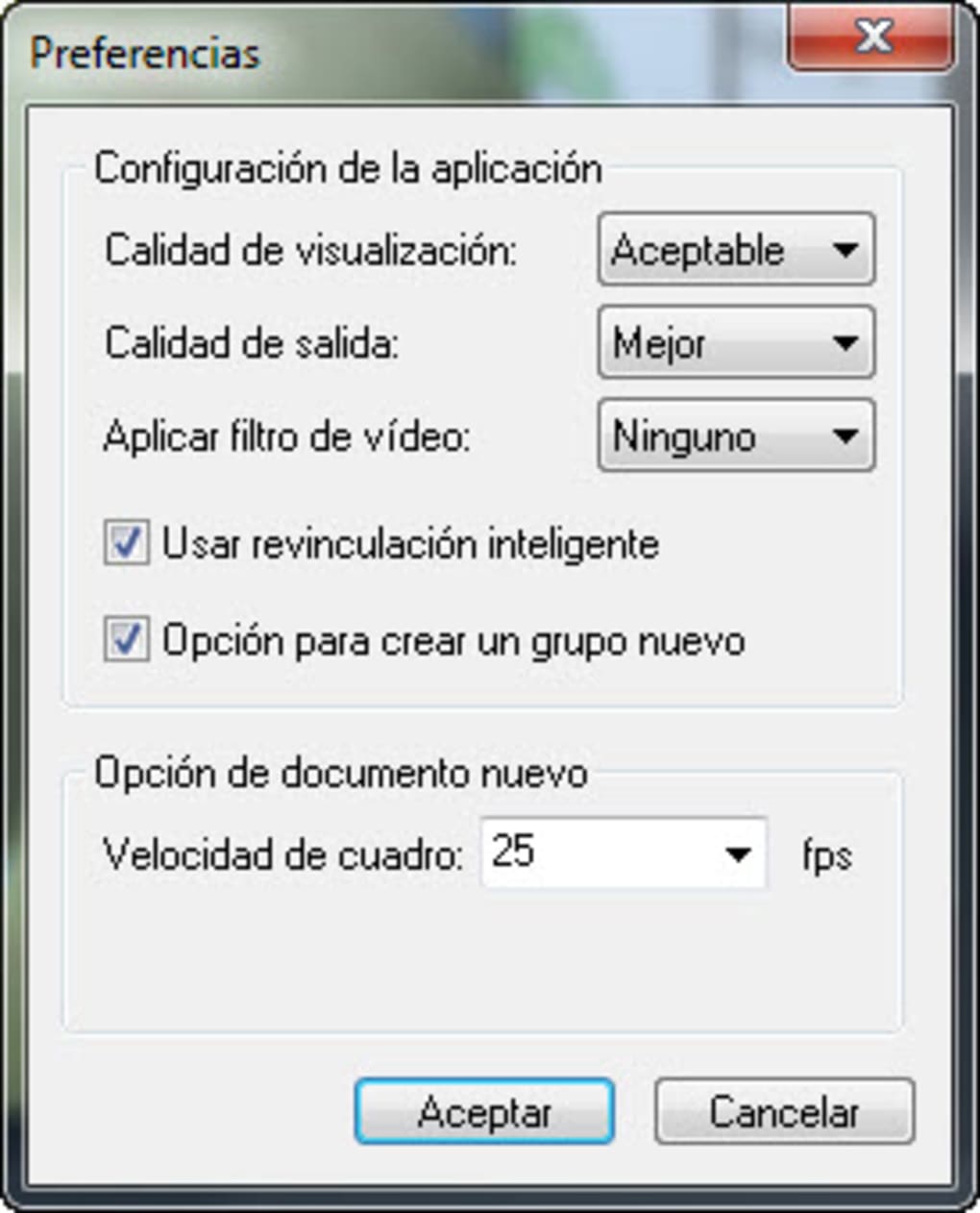

Of course, once you’ve seen how quick and easy it is to make a 3D animation, you’ll be thinking of how more powerful it could be with some further customization.

With a handful of clicks, you now can have a 3D text animation customized from multiple hundreds of options, for example with a beveled look, motion video texture, and popping characters flying across a curved motion path. Or for 3D text, browse under Text Effects for different types of text motion paths and per-character animations. Browse under Object Effects to bend, twist, explode, and tumble and bounce your object. Now, it’s time to animate your object across the scene. Browse under Object Style to change the surface material (e.g., plastic, ceramic, fabric), adjust the material color or add an image or motion video texture, and enhance the bevel or add a frame. Next, modify the look of your text by using other pre-built elements in the EasyPalette. The 3D text then is added to the Edit window, where you can double-click to edit the text and set the font attributes. For example, click Text Objects and select the desired look, with pre-defined font, texture, and 3D bevel. Click through the hierarchy to select a category, and preview the available items (including animations). To start building an animation, go straight to the EasyPalette, which is the library of pre-built objects, styles, and effects. You use the Edit window to directly manipulate the objects as you edit them and preview the animated result, and then access the panels to view and set attributes and access the library of pre-built components.
#How to get 2d jpeg in corel motion studio 3d plus
The MotionStudio 3D interface has a familiar design, with the main Edit window at the top, the Timeline window across the bottom, plus option panels to the right, and additional toolbars above and to the left. So let’s walk through using MotionStudio 3D, from quick drag and drop assembly to customizing with the deeper features. You can export animations as Flash (SWF) or animated GIF for the Web, or in a wide variety of common video formats, including 32-bit alpha for transparency blending and 3D anaglyph or side-by-side formats. This all sounds very complicated, but what Corel has done with MotionStudio 3D is to provide an entirely different personality focused on the needs of video editors - particularly for preparing Web animations and videos with transparency to overlay into your productions. You then can keyframe animate the object shapes and motion, and build entire 3D scenes, complete with lighting and camera control. For example, you can import and export 3D geometric models in common modeling formats (DirectX and 3D Studio), build complex models from scratch with detailed materials, and combine objects into hierarchical structures (such as tires on a car). So what is MotionStudio 3D? Underneath, it’s built on a core of a quite powerful traditional 3D modeling and animation tool. Even better, this new product is designed for enthusiast video editors, with an accessible interface to help you quickly create sophisticated animations from pre-built components, and it’s priced at only $100. The new Corel MotionStudio 3D offers great power for adding 3D text and graphics animations to your video productions – with animated extruded text, flying and exploding 3D objects, and naturalistic fire and smoke.


 0 kommentar(er)
0 kommentar(er)
